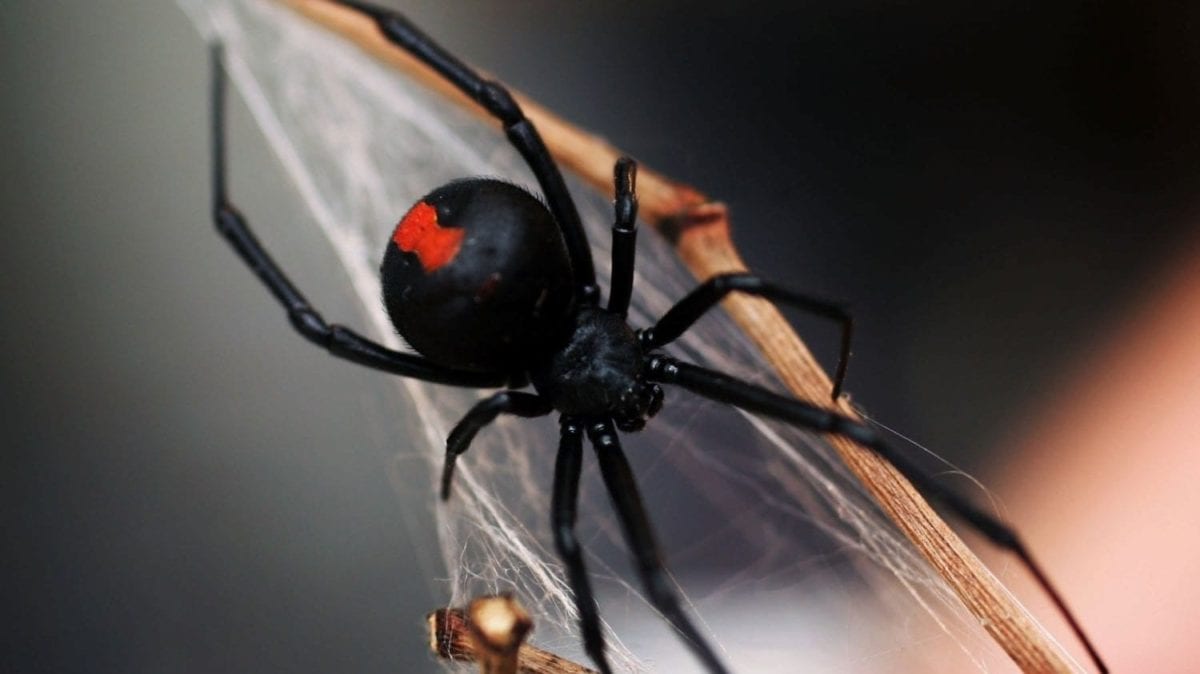How scientists are using spiders to figure out how to build stronger materials
Spider-Man has long touted the power of the humble spider web, swinging from building to building through bustling cities. But his strength hasn’t traveled past the pages of comic books and movie screens. That is, until now. Researchers at Northwestern University and San Diego State University have made a breakthrough in understanding black widow spiders’ webs.
Thanks to state-of-the-art techniques, the team unraveled the complex process of how black widow spiders transform proteins into steel-strength fibers. They relied on a combination of nuclear magnetic resonance spectroscopy — which is the same technology used in MRIs — and electron microscopy. So what did they find?
Spidey Sense
Using the aforementioned technology, the research team was able to observe the inner workings of the spider, even peeking inside the protein gland where the silk fibers form. There, they discovered the complex protein assembly process.
Now that they’ve seen the silk fibers in progress, they hope this knowledge can help engineers create equally strong synthetic materials.
“One cannot overstate the potential impact on materials and engineering if we can synthetically replicate this natural process to produce artificial fibers at scale,” said Nathan Gianneschi, co-corresponding author and professor in the departments of chemistry, materials science, engineering and biomedical engineering at Northwestern University.
Research In The Real World
Various industries — including the military, the medical field, athletics and construction — stand to benefit from this discovery. And in fact, the U.S. Department of Defense’s Air Force Office of Scientific Research and the Army Research Office provided funding for the research. The knowledge gained by studying these spiders can possibly help with the production of high-performance textiles, building materials and even eco-friendly plastic alternatives.
“The practical applications for a material like this are essentially limitless,” said Greg Holland, co-corresponding author of the study and a professor at San Diego State University.
So while researchers can’t quite promise a real-life spiderman swinging through your city anytime soon, more practical possibilities are on the horizon.


